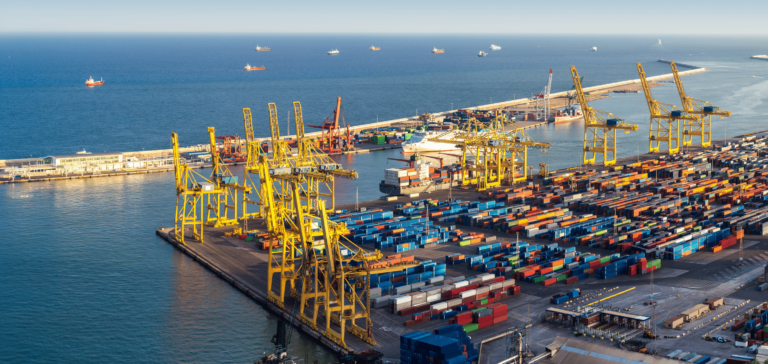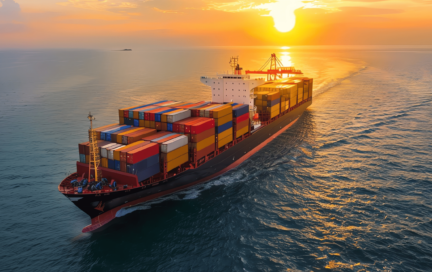Good to know
Due to disrupted supply chains in the wake of the Corona pandemic and the Ukraine war, the Spanish government provided €12 billion in funding in May 2022 to localize semiconductor manufacturing. The sum is part of a larger build-up and resilience plan to make Spain not only the largest eMobility producer in Europe but also to support further sustainability and digitalization investments. We will explain how sustainable and digital the country already is today in the rest of this blog post. But first, let’s look at Spain’s most important trade routes and partners.
Good to know
Spain has very good relations with the African continent due to its geographical location. Morocco and Nigeria are particularly noteworthy as trading partners. Thanks to linguistic, historical, and cultural proximity to the LATAM region, there is also a lively trade exchange with this part of the world. The most important partner here in Mexico.
Our Tip
If you want to ship goods to or from Spain, you should also take a look at Belly’s capacities. Spain is the country with the most arrivals worldwide after France. Before the pandemic, up to 5,000 flights arrived in Spain every day. During peak tourist periods in the summer, the number is even higher. This gives you additional opportunities to transport your cargo.
Good to know
The share of rail freight is set to grow more strongly in the future if the EU has its way. Because while Spain has a very good and modern rail infrastructure that extends like a spider’s web from Madrid to the entire country, the use of this network in the freight sector is not yet very widespread. But it is not only the EU that is focusing on more sustainable modes of transport. Most recently, for example, IKEA has decided to switch from road to rail, using the greener alternative between the port of Barcelona and the Tarragona terminal. Many more companies are likely to opt for this move as part of their corporate social responsibility and sustainability goals.







